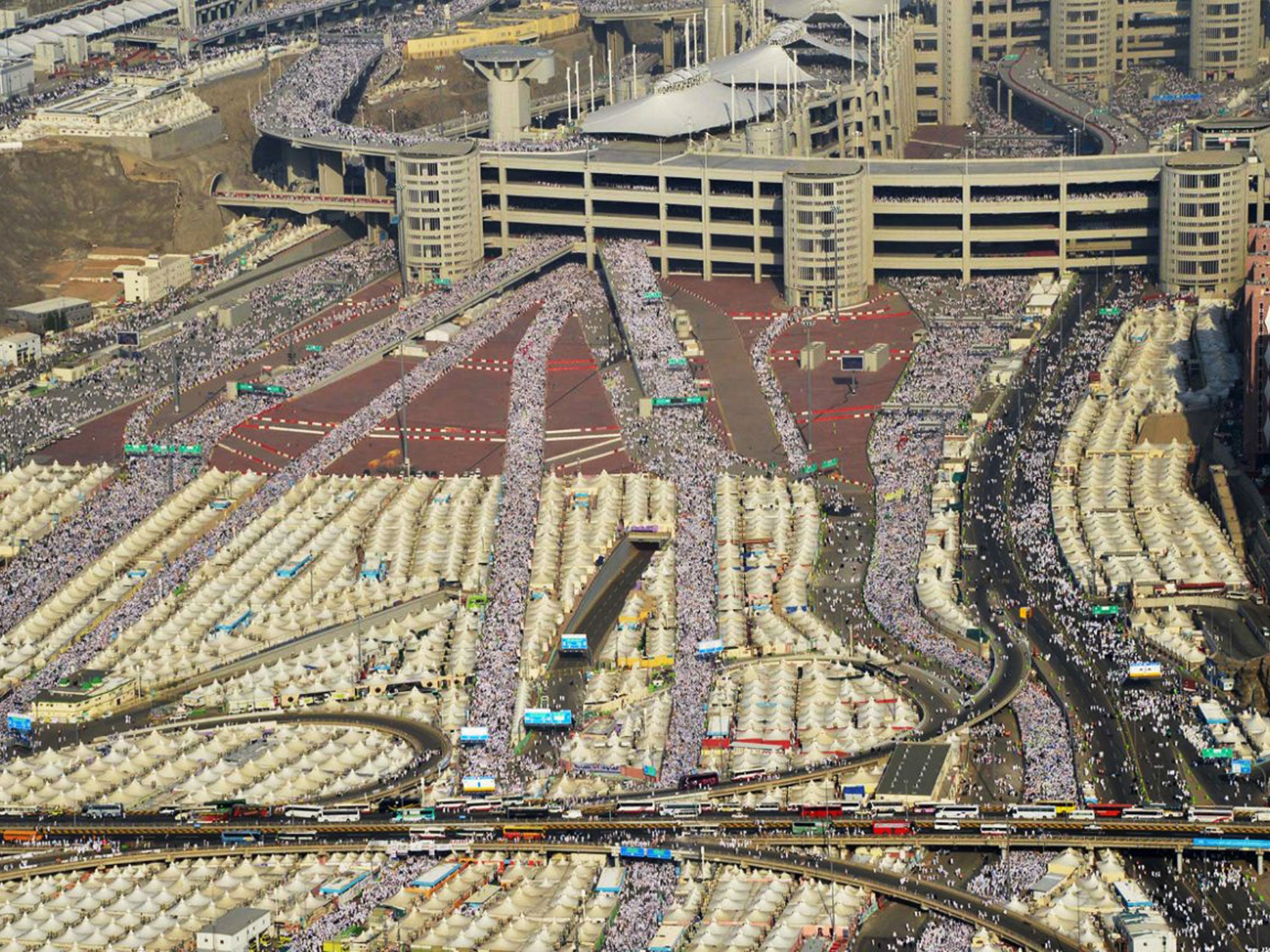Hajj stampede: Managing this mass ritual is far from easy
One potential solution would be to further limit pilgrim numbers, but this would prevent more Muslims from performing the Hajj

Your support helps us to tell the story
From reproductive rights to climate change to Big Tech, The Independent is on the ground when the story is developing. Whether it's investigating the financials of Elon Musk's pro-Trump PAC or producing our latest documentary, 'The A Word', which shines a light on the American women fighting for reproductive rights, we know how important it is to parse out the facts from the messaging.
At such a critical moment in US history, we need reporters on the ground. Your donation allows us to keep sending journalists to speak to both sides of the story.
The Independent is trusted by Americans across the entire political spectrum. And unlike many other quality news outlets, we choose not to lock Americans out of our reporting and analysis with paywalls. We believe quality journalism should be available to everyone, paid for by those who can afford it.
Your support makes all the difference.The Hajj, nearly 1,400 years old, is the largest annual gathering of people on the planet for a religious purpose. As the fifth pillar of Islamic practice, the Hajj is an important part of Islam, obligatory for all Muslims who are financially and physically able to undertake it.
During the Hajj, Muslims perform a series of profound rituals in and around Mecca, as ordained by the Prophet Mohamed. Every day, Muslims pray in the direction of Mecca and the Kaba, the black cubic structure in the centre of Mecca’s Grand Mosque.
Supervising the Hajj has been an important component of how empires and states sought to legitimise their religious credentials, from the Abbasids to the Ottomans and the Saudis today. During the colonial era, this imperative affected the European empires, who collectively ruled over more Muslims than any Islamic power. The British Empire’s first religion was Islam – it contained more Muslims than any other religious group.
The British sought to facilitate the pilgrimage through measures such as subsidising steamship tickets. Throughout history, states have been concerned at the deaths of their pilgrim subjects, whether at the hands of Bedouin tribes, or as victims of epidemic diseases such as cholera, and undertook measures to prevent such tragedies.
The Hajj has always played a central role in Mecca’s identity. Many of Mecca’s inhabitants earn their livelihood from activities associated with the Hajj, the main driver of the city’s economy.
While Hajj rituals have remained unchanged since the early years of Islam, Mecca has been transformed. A spree of building work to enlarge the capacity of the Grand Mosque and redevelop the city centre has resulted in the gargantuan Abraj al-Bait Towers that loom over the Kaba.
Global migration since the Second World War and the rise in air travel has meant pilgrims now come to Mecca for Hajj from nearly every country on earth.
Pilgrim numbers hovered around 300,000 people during the late 19th century, driven by the expansion of steamship travel and railways. But pilgrim numbers now touch the two million mark, with thousands more undocumented pilgrims participating every year. Several Saudis on Twitter have stated that this latest tragedy means that the Hajj should be brought under international Islamic supervision.
One potential solution to avert further tragedies could be to again limit pilgrim numbers, but this would prevent more Muslims from performing the Hajj. There are no easy solutions to the management of this important ritual.
Join our commenting forum
Join thought-provoking conversations, follow other Independent readers and see their replies
Comments